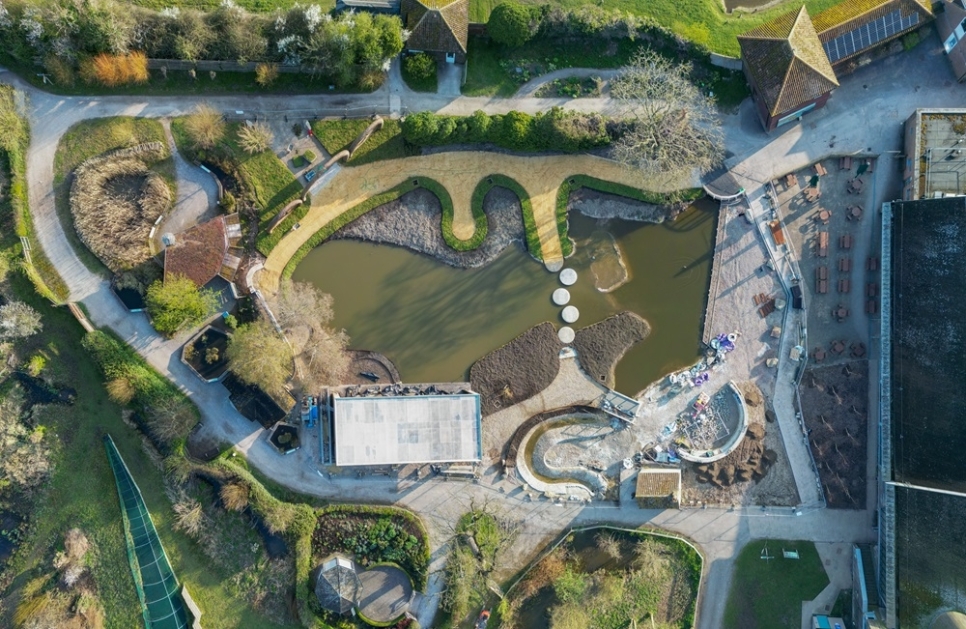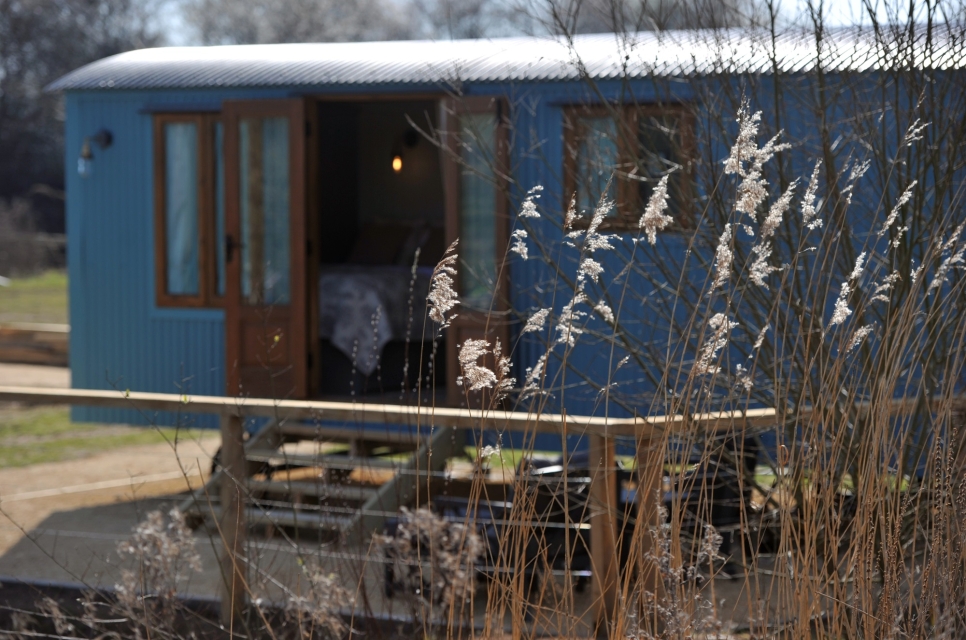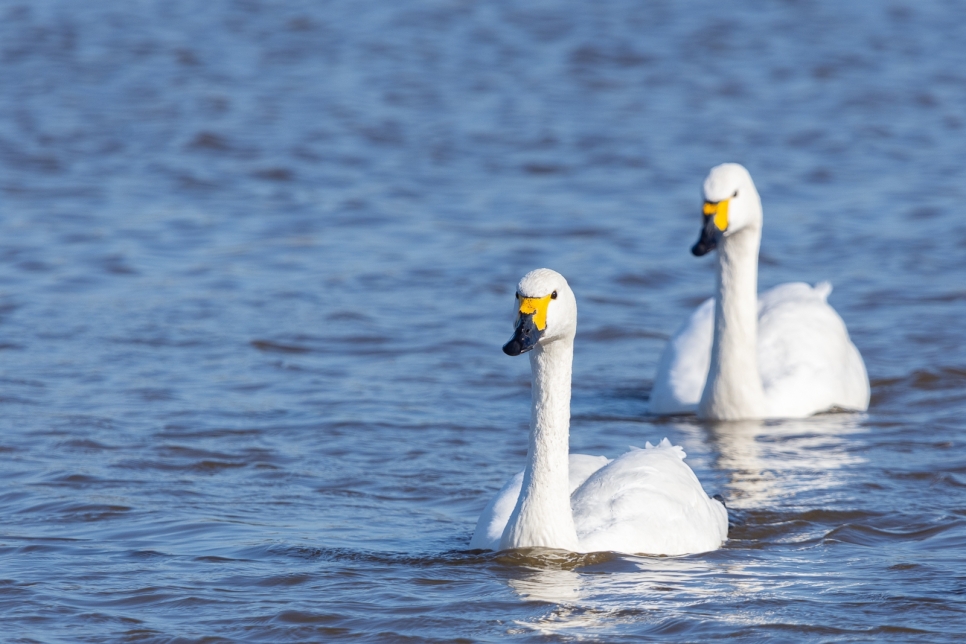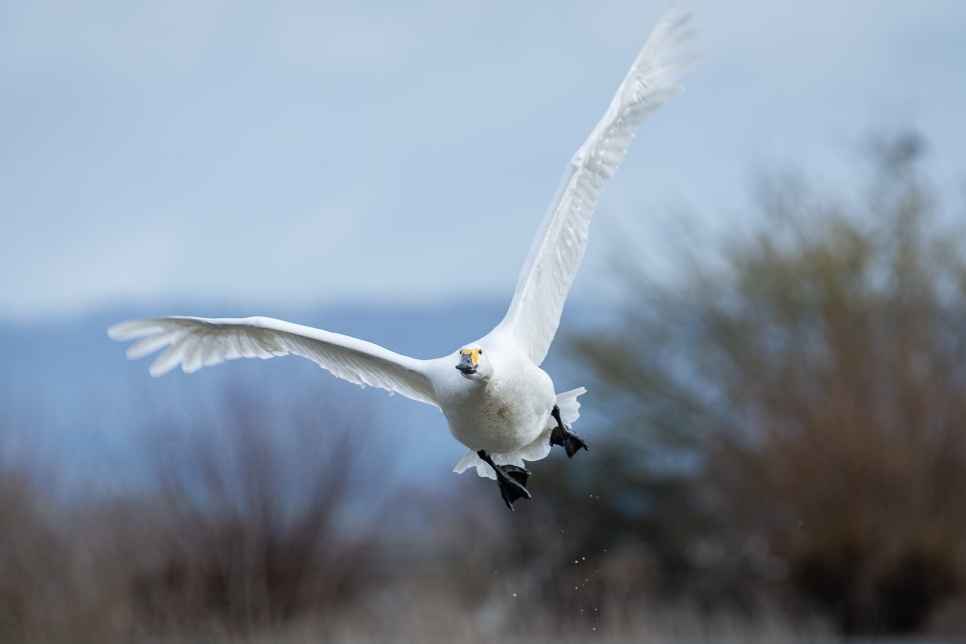Early kingfisher activity!
Spring hasn't even fully sprung, yet a pair of kingfishers seem to think so!
Spring hasn’t even fully sprung - yet a pair of kingfishers seem to think so. A pair have already starting digging a hole to nest opposite the Kingfisher Hide.
We had a brilliant breeding season for kingfishers in 2023 and in January 2024 the Reserve Team were busy getting the banks ready for this year's birds. And to much excitement a pair began digging from the beginning of February - the early start could be due to the mild weather. So now is a great time to head to the Kingfisher Hide and get great views of these special birds, and we hope to have another bumper year for them.
It's estimated that there are 4,900 breeding pairs of kingfishers in the UK and with a pair already getting ready to nest at Slimbridge it looks like a promising year for breeding. The Reserve Team and volunteer Guides in Hides have been monitoring their activity closely!
The activity begins with the renovation an old nesting burrow or a construction of a new one in the kingfisher bank; a vertical wall of soil about 2 metres high. The nest burrow can be up to 1 metre long in length, rising slightly from the entrance hole.
Once a home is chosen for the pair, the male will present fish to the female in order to get her into condition to grow, lay and incubate the eggs. There is then frequent mating throughout this period.
Kingfishers incubate typically 5-7 eggs for about three weeks. Once the eggs have hatched the kingfishers will spend around four weeks raising the chicks. Both the male and the female will feed them in the nest hole, with up to a hundred fish a day - including some aquatic invertebrates. The kingfishers start by choosing small fish to feed the young with and as they grow, they are given bigger fish to eat.
The juveniles will then fledge the nest after around 25 days and the adults will be increasingly active over the next few weeks before they fledge. Only a few lucky visitors may see the newly fledged young, which tend to disperse very quickly, as the parents will chase them off as they prepare for a second clutch of eggs. Two broods are the norm but occasionally a third clutch has occurred on site and it could possibly be one of those years!
The Kingfisher Hide is not the only place you can spot kingfishers however, The Zeiss Hide, Decoy Hide and hides which lead to the Estuary Tower are also good spots for visitors to catch a glimpse of feeding kingfishers.
View our latest sightings page for up to date information on activity.




